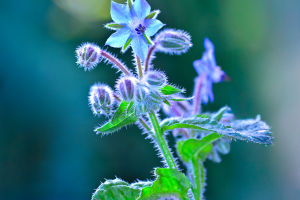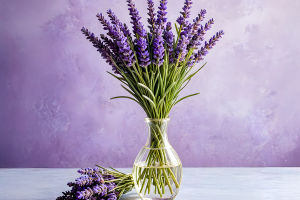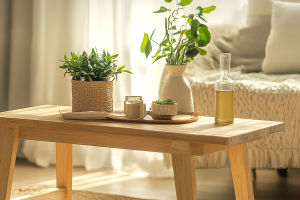Ever sipped your morning coffee and wondered what it would be like to grow the plant yourself? Not just the beans in a jar, but an actual coffee tree sitting in your kitchen corner—leaves glossy, soil smelling faintly of rain.
It's one of those little dreams that sounds tricky but is surprisingly doable, even if you've never grown anything beyond a supermarket basil plant.
Choosing the Right Coffee Beans
You can't use the roasted beans from your coffee tin—they're essentially "cooked" and won't sprout. You'll need fresh, raw coffee beans (often called green coffee seeds). These are usually sold by specialty seed suppliers or gardening shops.
Look for seeds that are pale green, plump, and free from cracks or mold spots. If they feel brittle or have a dull, grayish color, they've likely lost their viability. Ideally, buy seeds that were harvested within the past three months; older seeds have a much lower germination rate.
Getting Them to Sprout
1. Soak the seeds in room-temperature water for 24 hours to soften their outer layer.
2. Prepare a shallow pot or germination tray with well-draining mix—half cactus soil, half compost is a good start.
3. Plant the seeds about half an inch deep, with the flat side facing down.
4. Water lightly using a spray bottle, just enough to keep the topsoil moist but not soggy.
5. Provide warmth—a consistent 70–80°F (21–27°C) speeds germination. You can place the pot near a warm window or use a seedling heat mat.
Germination can take anywhere from 4 to 8 weeks. Resist the urge to dig around to "check" the seeds—disturbing them can damage fragile roots.
Transplanting to a Pot
When the seedlings have two sets of true leaves (not just the first tiny sprout leaves), they're ready for their own pots.
• Pot size: Start with 6–8 inches in diameter. Too large a pot can hold excess water and cause root issues.
• Soil: Use well-draining soil with organic matter. A mix of potting soil, perlite, and compost works well.
• Drainage: Always choose pots with drainage holes; standing water is the fastest way to fight a coffee seedling.
Gently lift seedlings by their leaves—not stems—to avoid crushing their delicate transport tissues.
Daily Care
Coffee plants thrive in bright, indirect light. Direct sunlight for more than 2–3 hours a day can scorch leaves, especially in summer. An east-facing window is perfect.
• Watering: Check the top inch of soil—if it's dry, water thoroughly until it drains from the bottom. Avoid leaving water in the saucer.
• Feeding: Use a balanced liquid fertilizer (like 10-10-10) diluted to half strength every two weeks during spring and summer.
• Humidity: Coffee plants love moisture in the air. Keep them near a humidifier or place the pot on a tray with water and pebbles.
Shaping Your Tree
Pruning keeps your plant looking full and healthy. In the first year, pinch off the tips of the tallest shoots once they reach about 12 inches.
You can also remove any lower leaves that touch the soil to improve airflow and reduce the risk of fungal problems.
When to Expect Beans
If you care for your coffee plant well, you might see small, fragrant white flowers in its third or fourth year. These flowers last only a few days but are followed by green berries that slowly ripen to red over 6–8 months.
Don't expect a huge harvest indoors—maybe a handful of cherries per season—but the satisfaction of roasting and brewing from your own plant is unmatched.
Creating Your Coffee Corner
Pair your coffee plant with a small side table, a jar of your favorite beans, and maybe a cozy chair nearby. A grow light above the plant can add warmth and make your corner glow in the evenings.
Seeing the glossy leaves every morning as you brew your cup connects you to the slow, patient process behind every coffee bean. It's a daily reminder that good things—like good coffee—take time.
Sometimes the most satisfying part of coffee isn't the drinking—it's nurturing a plant from seed to tree. If you've got a sunny spot, a bit of patience, and a love for green things, your home might just be the next great coffee origin story.


